Report this entry
More from the same community-collection
Inauguration of the Police Subdivision
1947 Carlos Villarreal, Mayor of Juarez, Foglio Miramontes, ...
Guadalupe Licon's first communion. Rosemary Gereda's grandmother
1908 - Lupita was the sister of the mother of Lucy, Martha and ...
1948-Ignacio Angulo 20 de Noviembre First Kick Ceremony
1948- The City Administrator, Ignacio Angulo during the First ...
1947 newly elected municipality of Juarez, Chihuahua
Among others, left to right, El "Guero Fortuno", Lic. Ignacio ...
1948-Juarez Authorities at Fort Bliss
1948 Generals from Fort Bliss hosting a visit to Fort Bliss in ...
El Paso's 7th Wall Of Giants Exhibit - 2017
El Paso's 7th Wall Of Giants - 2017 - Woman Club of El Paso, ...
El Paso's 7th Wall Of Giants Exhibit - 2017
El Paso's 7th Wall Of Giants - 2017 - Woman Club of El Paso, ...
First Steps Exhibit Ribbon Cutting Ceremony - 2017
The Grand Opening ceremony for the exhibit "First Steps" ...
First Day of School - El Paso, Texas - 2017
First day of school fall 2017 at Purple Heart Elementary, a new ...
Jose and Domitila Rodriguez-1935
Photo of Rene A. Valenzuela's maternal grandparents late 1930's; ...

















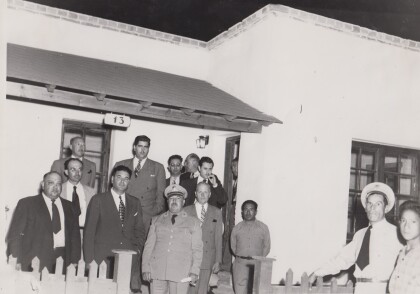
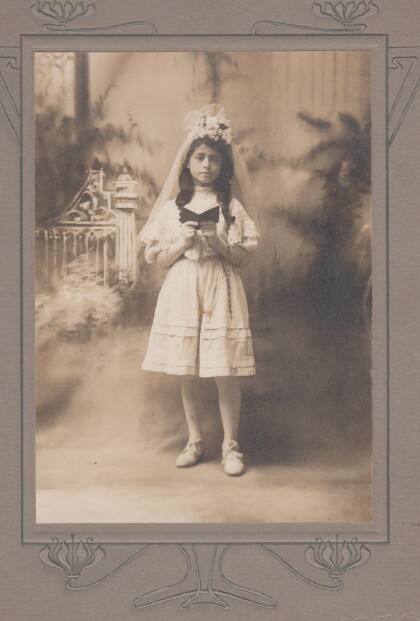
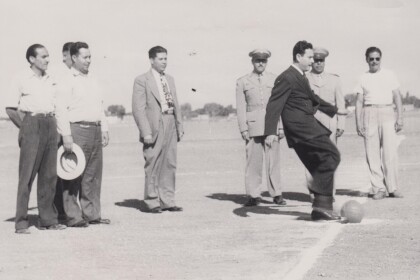
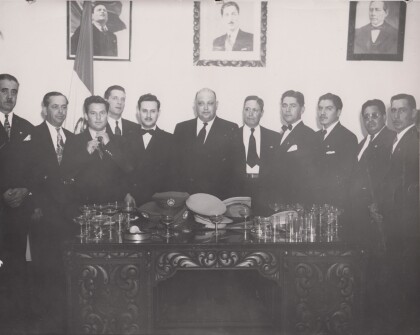
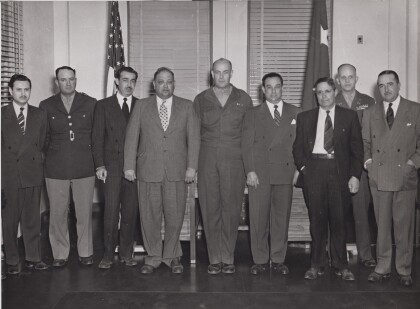
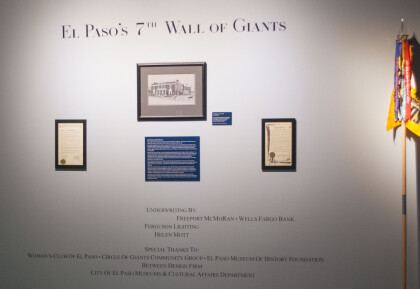
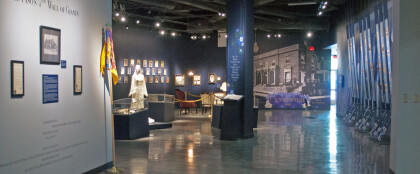
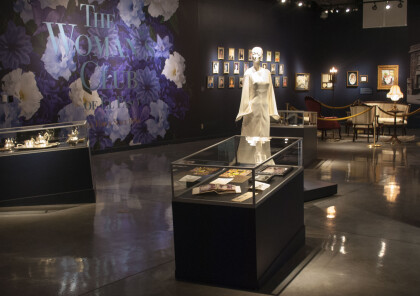
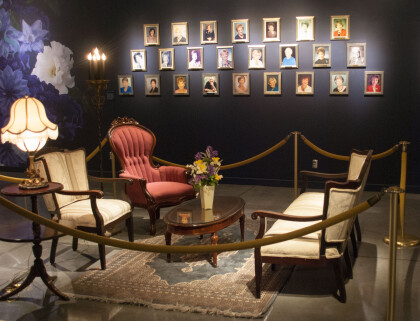
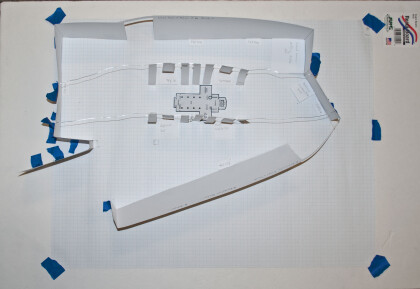
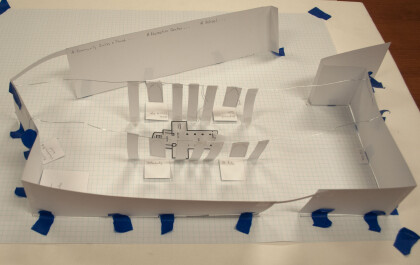
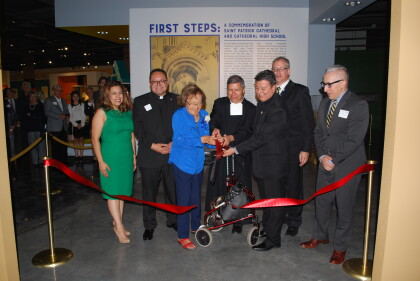

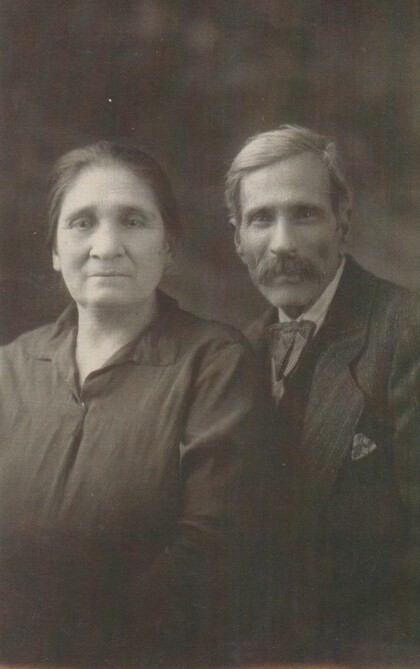



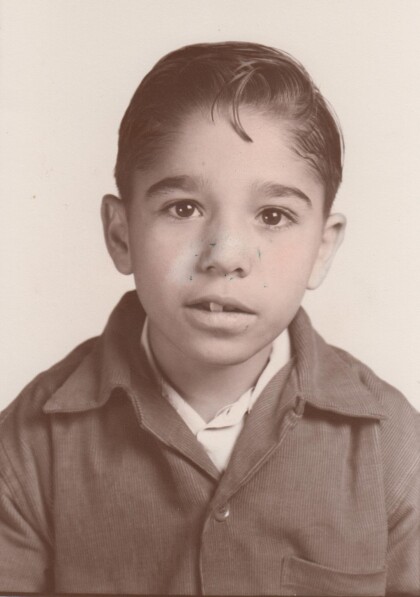
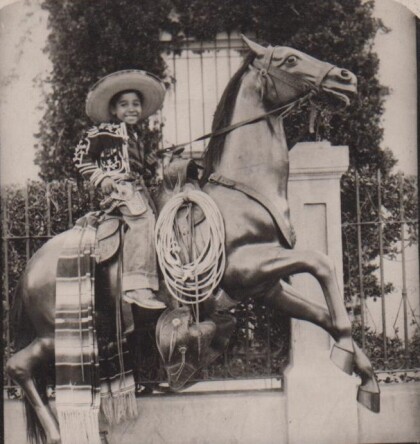
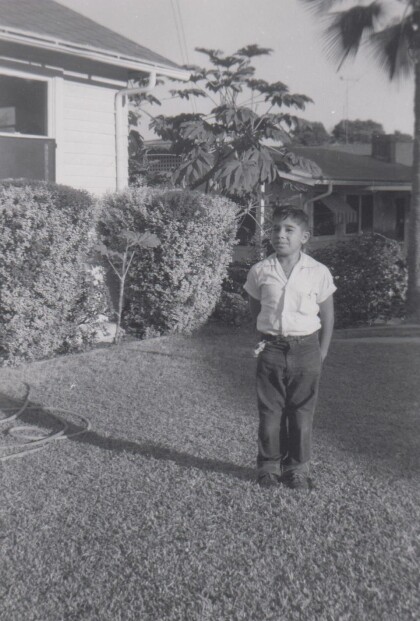

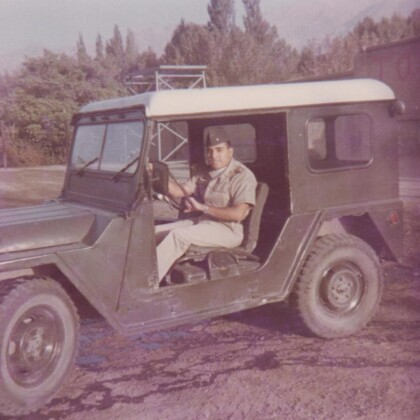
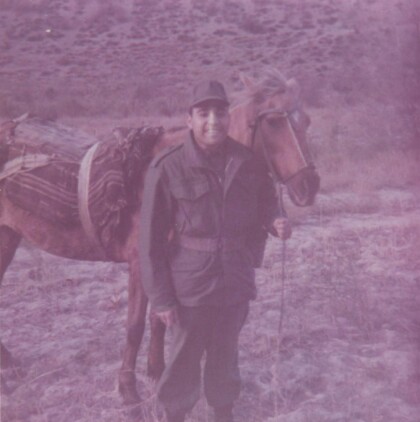
Comments
Add a comment